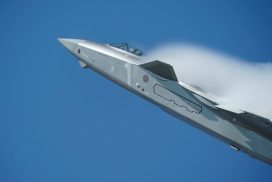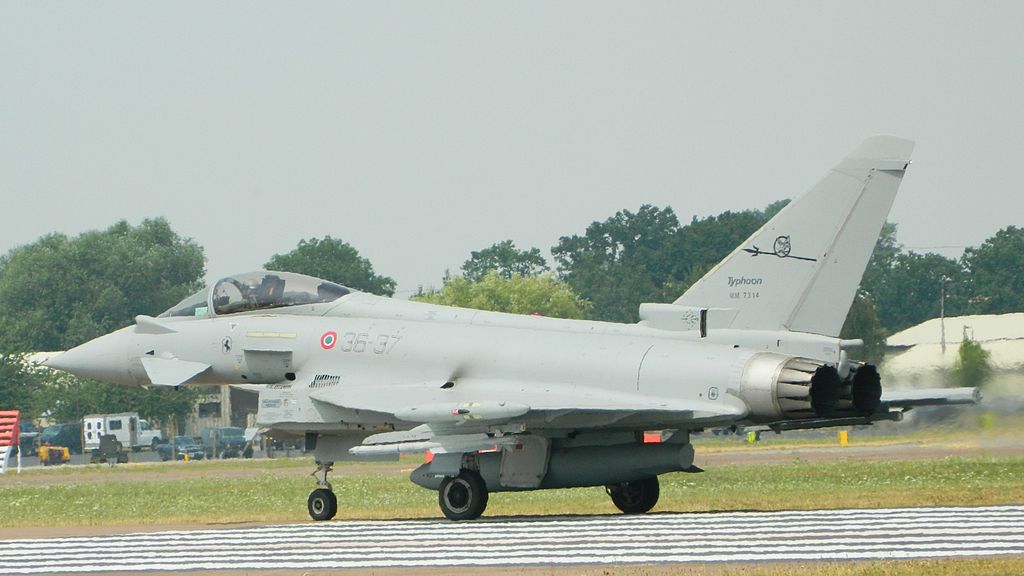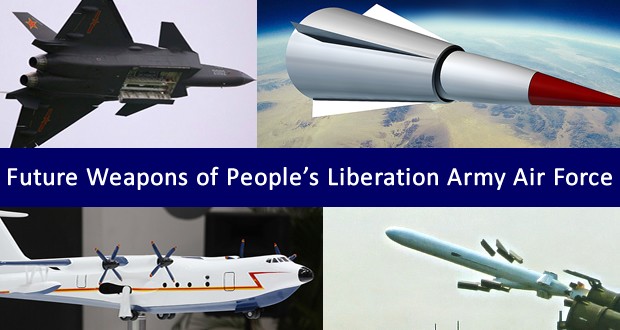a href=”http://bp3.blogger.com/_RRbP6fpJWAc/RmylKwp6wWI/AAAAAAAAARA/Wg2FafwPRho/s1600-h/27_11342.jpg”img id=”BLOGGER_PHOTO_ID_5074612484417700194″ style=”FLOAT: left; MARGIN: 0px 10px 10px 0px; CURSOR: hand” alt=”” src=”http://bp3.blogger.com/_RRbP6fpJWAc/RmylKwp6wWI/AAAAAAAAARA/Wg2FafwPRho/s320/27_11342.jpg” border=”0″ //a There has been much written on what it’s combat capability will or will not be, questions of: “Is it worth it?” by any number of experts, pundits, and politicians and of course the big one: “will it be on time?” One of the latest reports on F-35 progress by the Government Accounting Office (GAO), dated March of 2007: Joint Strike Fighter-Progress Made, Challenges Remain GAO-07-360, when looked at, offers a lot more hope than despair. Media were quick to announce rising costs and delays, and while this may be true, the report when looked at carefully, is not a report of doom. There are two beliefs in the production schedule of the aircraft: Start building them now with the original scheduled quantity and the other; slow down production until more is learned from testing the aircraft. The first belief will attempt to meet, or come close to original targeted project costs and deliveries to the customer. The second option, while it may cost more over the long run, means that: more production stability will be had at a later date after larger quantities of flight testing happen. One additional advantage of the second method is that with the U.S. already having to pay for a war, less funds will be used per year with a slower F-35 production rate, so that the total U.S. defense budget, along with war supplemental funding can have more stability. There are any number of future unknowns as time goes on in the F-35 program. This has always been true with new technology weapons systems. One big advantage is that there lots of smart and competent people working for Team JSF, that, so far, have proven to use enough amounts of risk aversion to produce good results up to this point. It is important for the U.S. Congress realize that if they want to fund advanced technology aircraft, that old paradigms of “on cost and on time”, might not be the best way to pursue getting a quality F-35 out into the hands of the combat pilot. There are so many unknowns when fielding new technology aircraft that they rarely come in “on cost and on time”. Using that as the sole benchmark of an advanced weapon systems management effectiveness isn’t realistic. F-35 is unlike most other programs. As stated there are still a lot of unknowns. What is important to consider are that the people running the program have demonstrated proven trouble shooting ability by example of the weight savings event for the Short Take Off and Vertical Landing (STOVL) F-35 variant, and numerous other hurdles such as the enormous amount of customer team building thus far. This means that “some animals are more equal than others”. This means that the Nunn McCurdy amendment that requires a program to report to the principals office because it went over 15% cost, needs extra special consideration when looking at the progress this program has made, where it is going, and the huge benefits it will provide once it matures. F-35 is not just another defense program. It requires significant consideration that isn’t required with lesser technology programs. As it stands now, the U.S. Congress has gone with the lower production rate option. While it can look like they are following GAO’s advice, the current reality of funding the war has more to do with this. There just are not enough funds to go around in the current U.S. defense budget. While in the end F-35 may in fact cost more going down this path, one has to decide if the cup is half full or half empty. Given the program progress thus far, the case for the cup being half full isn’t unrealistic. Congress made the funding decision to slow down funding the rate of F-35 production. Based on the long term importance of the F-35 program, Congress should also practice “effects based warfare” when looking at this program. This means: let Team JSF slow down some and not be under such pressure to meet a time-line. Dial down the heat from a boil to a simmer. Team JSF has the skill and determination to deliver a quality product in a good reasonable span of time. Let them do their job, make some mistakes, learn from it and press on. There are still many tasks to complete through extensive testing of all three F-35 variants. The GAO report mentioned above shows a dizzying amount of flying testing yet to be done. All concerned parties need to meet together and readjust their mindset to stress getting the job done but not to do it in a hurry. The original posted target delivery dates will slip. This by itself should not be a grade of the quality of the program. There is so much testing and development yet to do that in the end, hurrying in a pressure cooker environment, may produce more overall wasted effort and a lower quality product than slowing down a bit. For the U.S. Congress and F-35 customers, this may produce many kinds of unease from being pushed outside an existing comfort zone. However it should be reviewed and peer reviewed that slowing down a bit and letting good reasonable testing take it’s course may be good for everyone concerned. F-35 is of such importance to future U.S. and Allied tactical aviation and industry that a different approach that involves less job stress for the whole team needs to be considered as an advantage. In the end F-35 will cost more. Get over it and get the job done right.
Menu
Copyright © 2007- 2025 • Defence Aviation • All Rights Reserved. Reproduction without explicit permission is prohibited.



